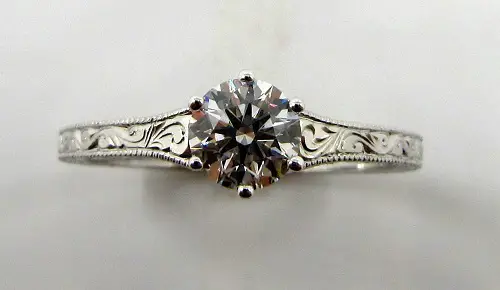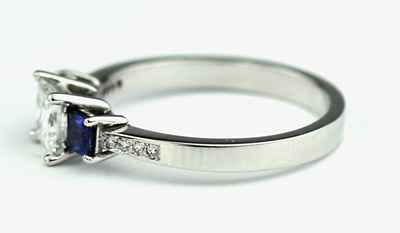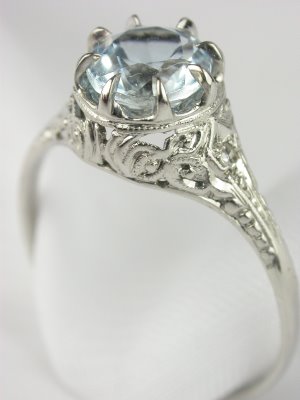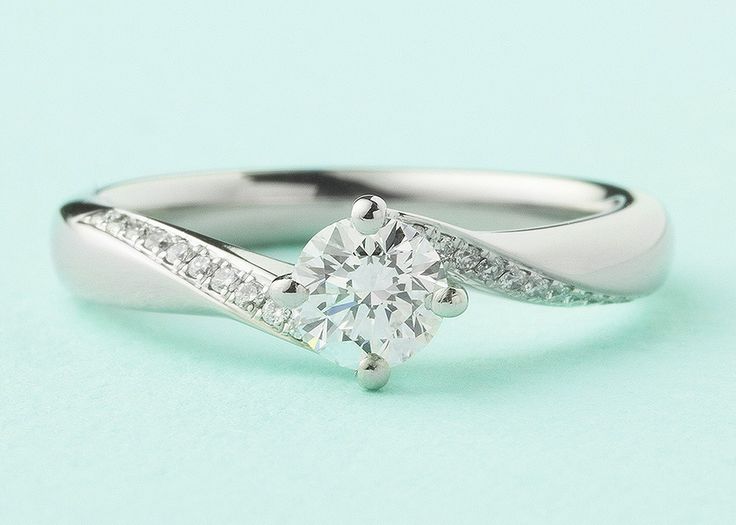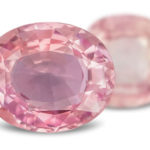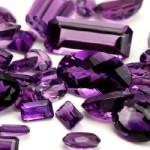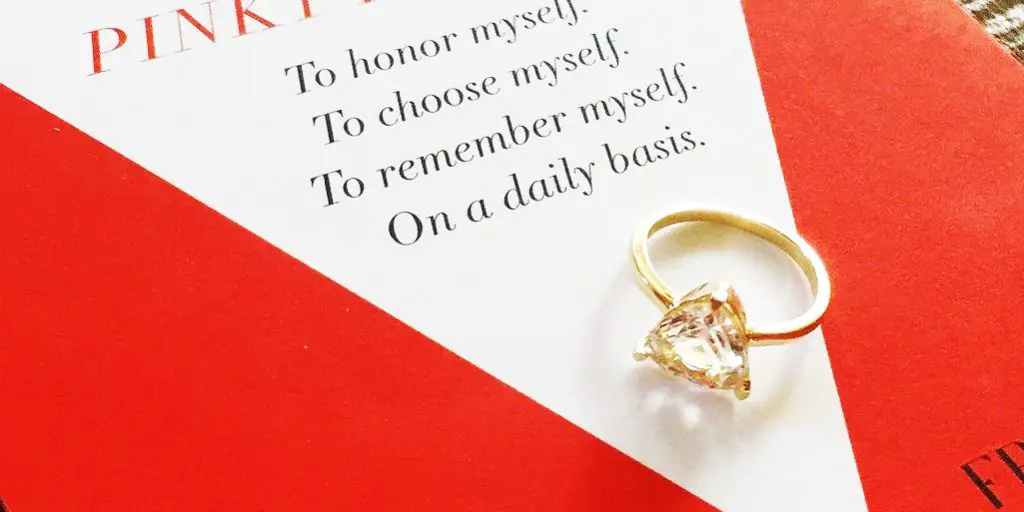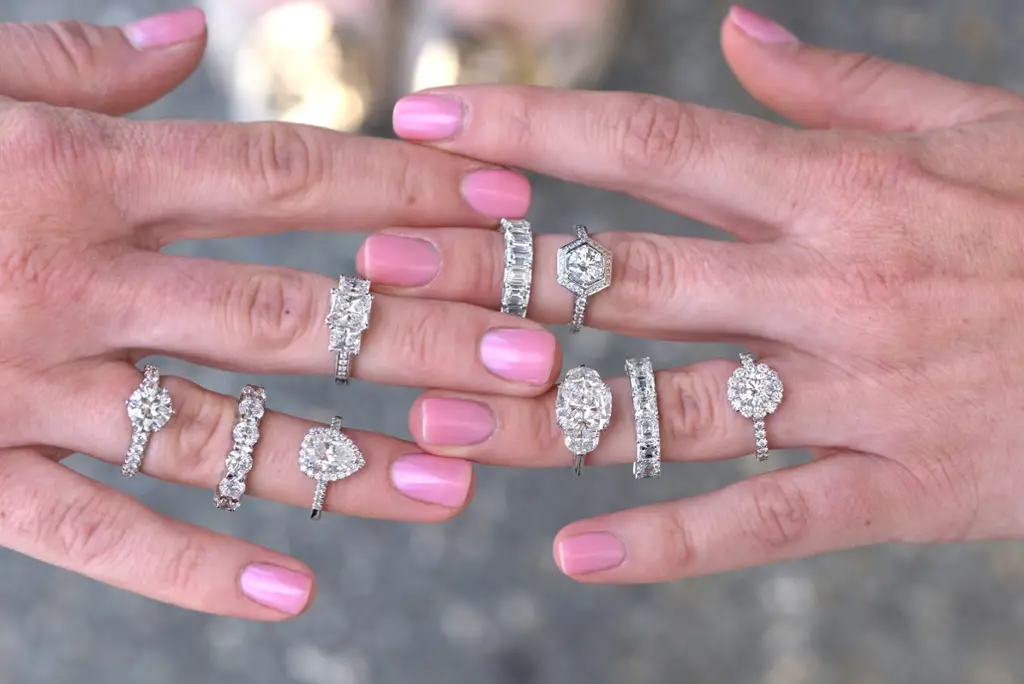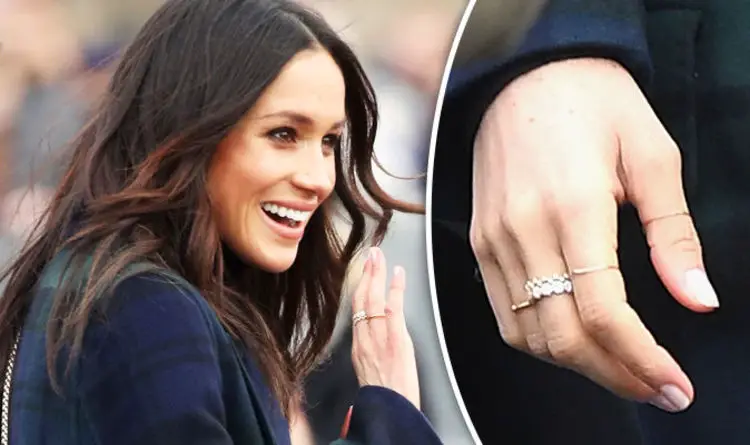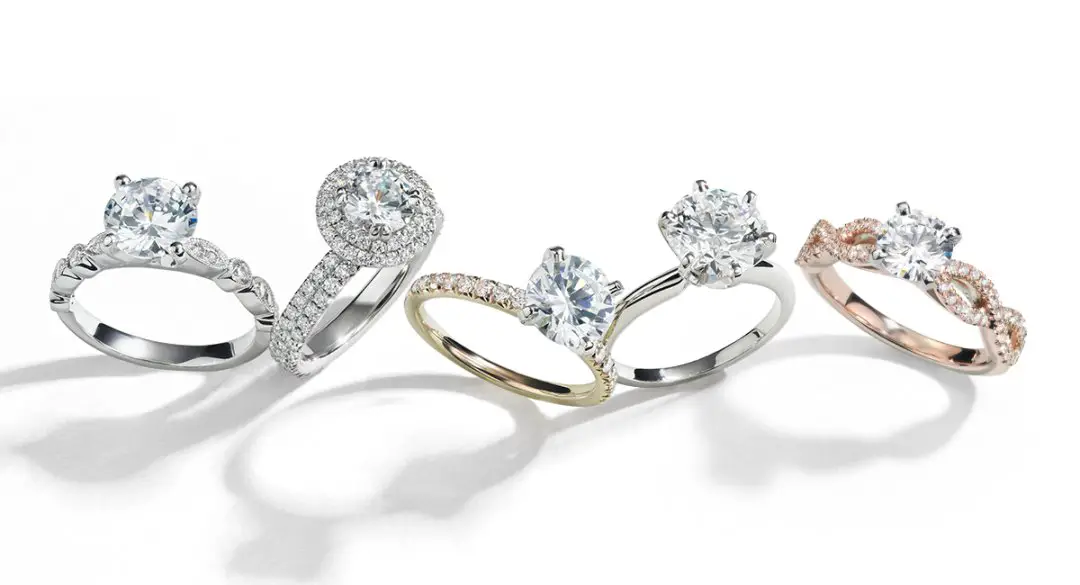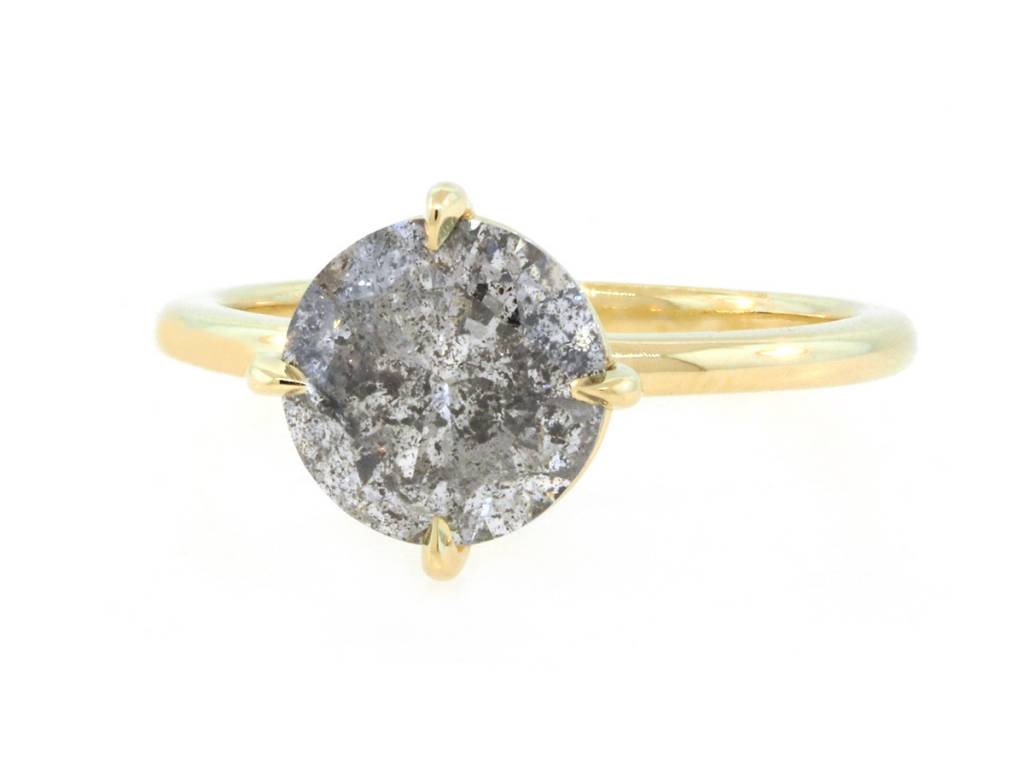Shoulders are big – and we’re not talking about the 80s fashion trend…
The shoulder of your engagement ring is the part of the metal band that slopes downwards from your central stone and its setting to the rest of the band on your finger. The shoulder supports the setting and raises your gemstone high so it catches the most light.
Shoulder detailing has been a regular fixture in engagement rings throughout history, but now it’s getting another moment in the spotlight as people look towards vintage styles for new inspiration. So what are the choices? How should you accent your engagement ring’s shoulders? And why should you bother?
Shoulder stones
These are often in the form of a pave diamond set band, but we love the minimalist yet intricate look that a plain band with just one or two shoulder stones can have. This style works especially well when the shoulder stones are coloured – personally, we love the sapphire on white gold combo, but there are plenty of others that will work. Emerald or diamond on gold and pretty much anything with rose gold looks fabulous too.
Filigree or Engraving
This is very much in keeping with the vintage throwback trend of the moment; rather than opting for extra stones (which does give your ring some extra sparkle, we must admit), add a romantic feel with some metalwork techniques like filigree, engraving, hammering or beading. Think twisting turning vine leaves, geometric patterns, or a simple textured finish; basically any kind of repeating pattern will work.
Twists or Open Spaces
If you want shoulder detailing but in an understated manner, this is the perfect way to do it. Rather than extra stones and their extra cost or the sometimes austere look that engraving can bring, opt for a neat, minimalist style twist. Literally. Twisted bands are becoming increasingly popular, as is playing with shape in the form of open spaces. We love this example:
If you choose shoulder detailing, there are a few minor things to remember; namely, maintenance things. If you have shoulder stones, remember to inspect them often and ensure they’re still secured in place. Even if they do fall out eventually though, it’s much easier to replace a shoulder stone than a central stone. Where engraving or filigree is concerned, keep in mind that you’ll probably have to get your ring professionally cleaned a little more often – dust and grime will stick to all those nooks and crannies like glue. Apart from that, you’re good to go!
